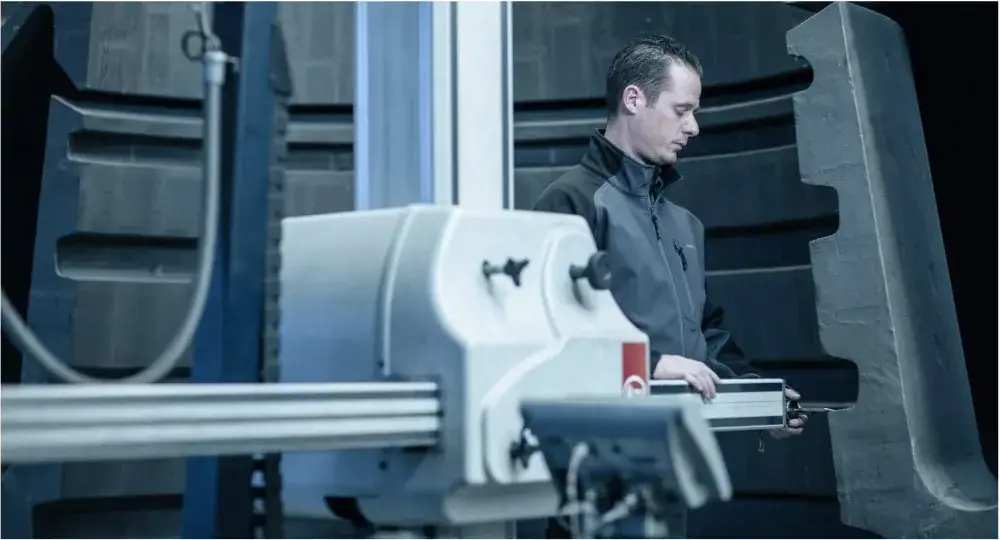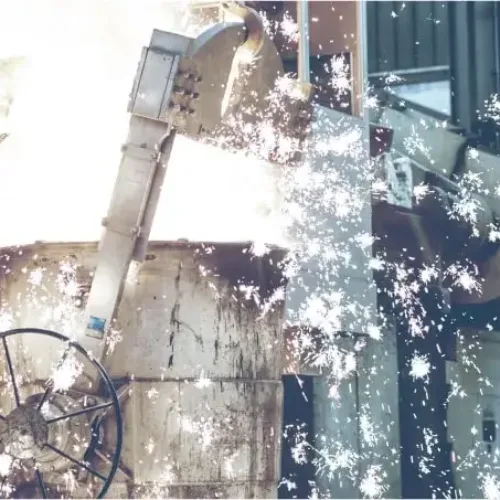
The end-to-end digital process enables a quick jump from the CAD file to the printed mold and gives the development team a hot line to the foundry. Casting and comparing three slightly different versions of the same part at once? No problem. Produce prototypes, view, adapt and quickly cast a new version? Possible within a few weeks.
The clear advantage: if a part is to be cast in series later on, it helps to produce prototypes as castings early on in the development process (and not, for example, using the much more expensive metal 3D printing, machining or completely different materials).
Instead of working under “laboratory conditions”, you can quickly get closer to the reality of production and the actual mechanical properties, and you don’t have to take into account the limitations of the milling process, for example. Ideal for iterative testing and improvement.
From raw casting to ready-to-use workpiece, 3D sand printing is also faster than traditional casting with a permanent pattern, as the process is more precise and fewer additions are required. This means that less downstream processing is required.

The CastFast calculator has the answer. Simply enter key data and/or upload a CAD file and view the instant price, delivery date and CO2 footprint.
© 2025 All Rights Reserved.